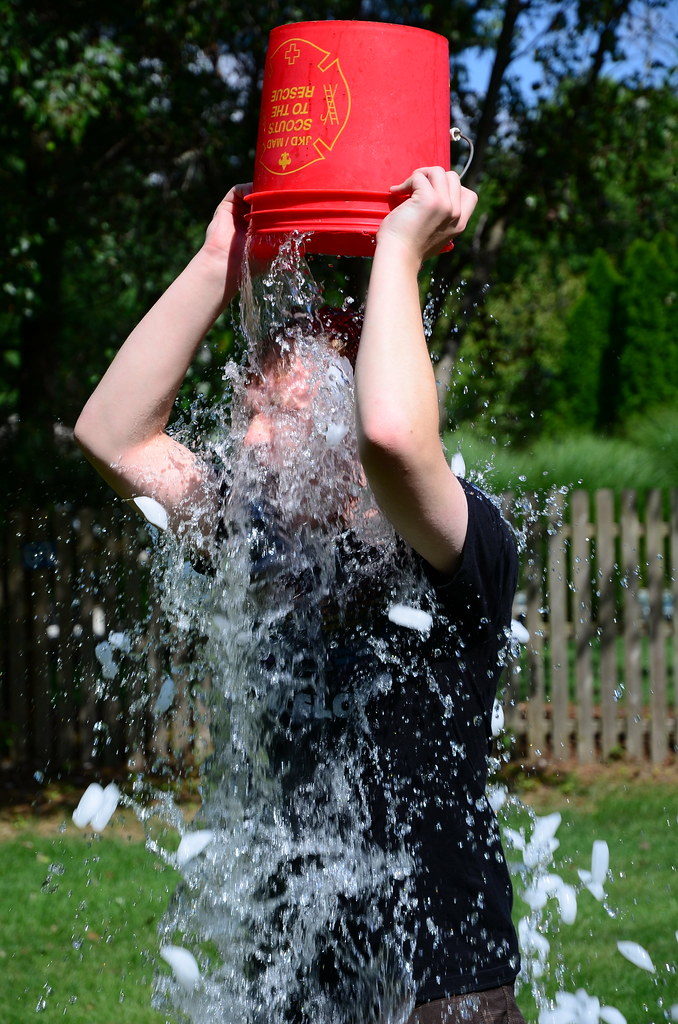The Stanley Cup has become a viral sensation across schools in America. It can be seen in almost every Saint Charles East High School classroom. But, what made Stanley cups so popular, and is the water bottle safe to drink from?
According to NBC TODAY, William Stanley invented the Stanley Cup in 1913, and the water bottle instantly became popular amongst outdoorsy and blue-collar folks. It wasn’t until 2019 that the popular social media app TikTok made the bottle a viral sensation that reached every workplace and school in America.
CNN reporter AJ Willingham stated that the trend is due to ”its candy-like array of colors and its ability to keep beverages hot and cold for long periods of time.” Later she points out, “Brands like Yeti, Nalgene, Hydro Flask and Starbucks have all inspired cult-like followings.” So, did Stanley do anything special?
The Thermos website states that their vacuum flask bottle was invented in 1892. This means it had maintained water temperature for 21 years before Stanley. Just like the words “Kleenex” and “Band-Aid” have been used to describe any tissue or bandage, “Thermos” has become a term for essentially any insulated water bottle.
In January, it was announced that Stanley was facing lawsuits for alleged lead in their bottles. As NBC TODAY stated, “A spokesperson clarified that yes, lead is used in the manufacturing process, but the product needs to become damaged in order to expose the lead.” Many were disappointed that lead was used at all, as ingestion of lead can lead to many health problems such as “vomiting, constipation, learning difficulties and seizures,” according to Mayo Clinic.
Most Stanley cups on Stanley1913.com cost between $35 and $45. Yahoo News says that people have started water bottle collections, some collecting up to 75 Stanley bottles in limited edition colors. This may be because of the lifetime warranty mentioned on their website, which claims that there will be no defects in the material.
In a matter of a century, a water bottle’s purpose has taken on new roles. What was once just a convenient way to carry water from one place to another has become a fashion statement.







